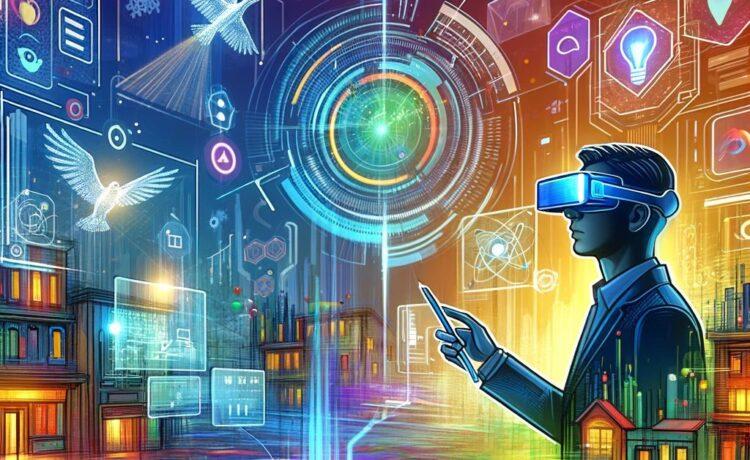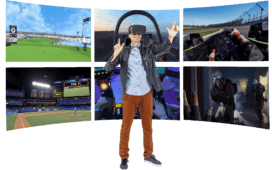Visual Effects (VFX) have revolutionised the entertainment industry, realising how today’s stories are seen or told on screen. From jaw-dropping action sequences to fantasy worlds, VFX blends reality with imagination, captivating audiences of all ages. If you are creative and have a flair for creating stories and designs that are etched in your mind, Join B.Des Animation and VFX at the School of Design at MIT-WPU in Pune.
Our comprehensive VFX course equips aspiring artists with the skills and knowledge to bring fantastic ideas to life on the big screen. Through theoretical and practical learning, students can understand the intricacies of 3D modelling, animation, texturing, lighting, and compositing. It utilises industry-standard software and cutting-edge technology, ensuring you are well-versed in the latest advancements in VFX.
Recent Trends in VFX technology
The world of visual effects (VFX) constantly evolves, revolutionising what we see on our screens. VFX artists are the true craftsmen behind the scenes, from taking inspiration from mythical creatures and designing those with creativity to seamlessly creating and mixing real-life footage with CGI. Let’s see some of the latest trends shaping the future of VFX:
AI and Machine Learning: Artificial intelligence (AI) and machine learning (ML) are revolutionising the VFX industry. These technologies are here to automate tedious tasks like rotoscoping (separating foreground from background), colour correction, and even creating realistic simulations of five natural elements or anything you can see in the real world. This lets artists focus on the creative aspects and explore new possibilities.
Virtual Production: Imagine stepping onto a film set with virtual elements around you. This is the magic of virtual production, where LED screens and real-time rendering software create immersive environments. This approach enhances storytelling and saves time and resources compared to traditional green screen methods.
Cloud Computing: No more bulky workstations eat the studio spaces. Cloud computing provides a flexible and scalable platform for VFX artists to access powerful software and storage from anywhere on the internet. This allows for global collaboration and facilitates faster rendering times for even the most complex projects like Avatar, all the superhero movies and now Dune!
Augmented Reality (AR) and Virtual Reality (VR): These immersive technologies are entering the VFX realm. AR can overlay virtual elements onto a real-world environment, while VR creates fully immersive experiences. These technologies are being tested by filmmakers and everyone in creative spaces for pre-visualisation, allowing them to experience how their films or work looks before filming begins and for interactive storytelling experiences.
3D Printing: 3D printing is making its mark in VFX. By creating highly detailed and realistic models and objects, 3D printing can enhance the reality of scenes and complement CGI elements. This technology is beneficial for creating complex properties and characters that are challenging or expensive to create using traditional methods.
These are just a few exciting trends shaping VFX’s future. As technology advances, we can expect even more groundbreaking innovations where the fantasy world is brought into reality.
FAQs
Is VFX a promising career in 2024?
VFX is in demand and has high earning potential, and as there’s stiff competition, you need to have a strong portfolio.
Which software is most used in VFX?
Only a single software is not used in VFX, as the requirements might keep changing. But you can find Autodesk Maya and The Foundry’s Nuke, which are widely used for 3D animation and compositing.
What VFX software is used in movies?
Several VFX software are used in movies, which include:
- 3D animation: Autodesk Maya, Blender, ZBrush
- Compositing: The Foundry’s Nuke, Adobe After Effects, Blackmagic Design Fusion.
—————————–







